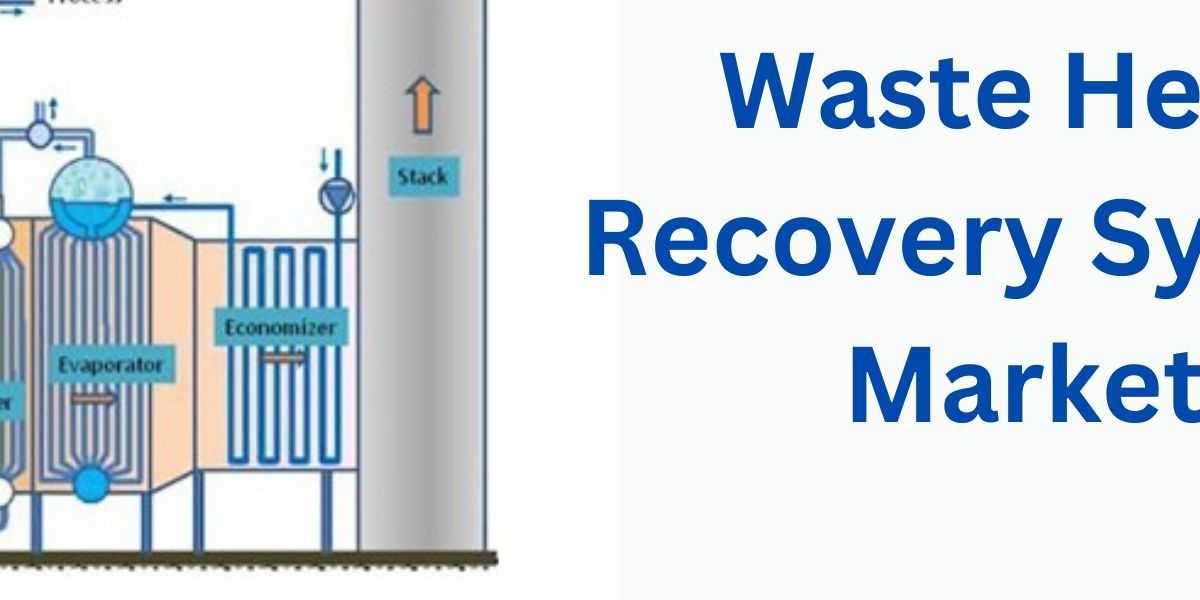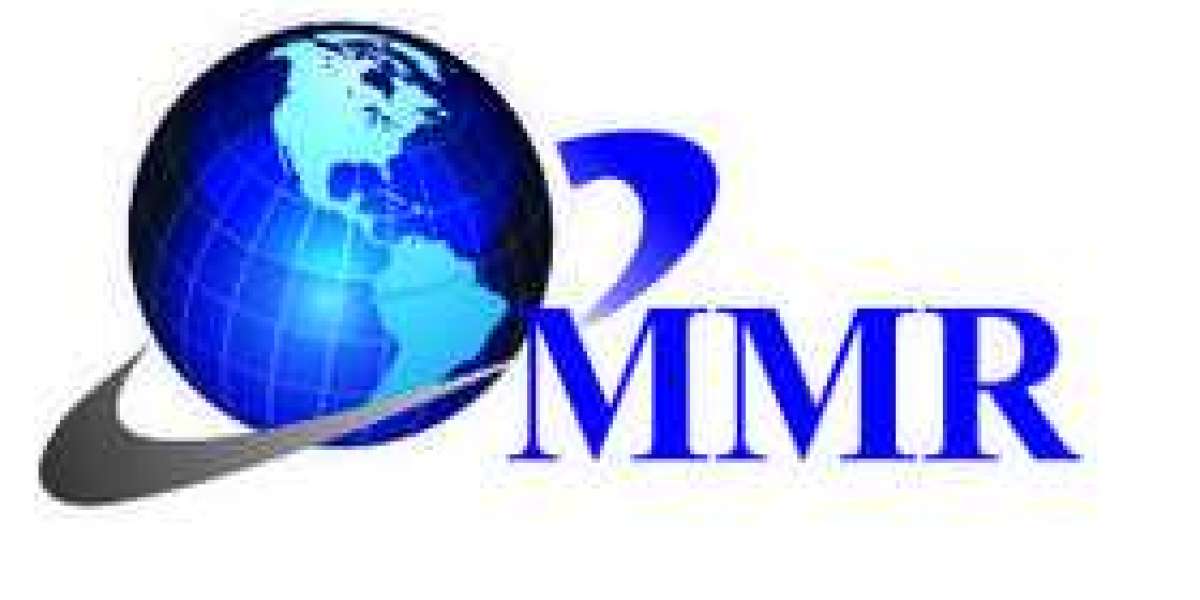In an era where sustainable energy solutions are becoming increasingly crucial, waste heat recovery systems have emerged as a key technology to harness and utilize the untapped energy potential. These systems offer a promising avenue to maximize energy efficiency, reduce greenhouse gas emissions, and enhance the overall sustainability of various industries. The waste heat recovery system market size is expected to grow from USD 72.5 billion in 2022 to USD 102.1 billion by 2027 at a compound annual growth rate (CAGR) of 7.1% during the forecast period. The main factor driving the WHRS market during the forecast period includes the government regulations, awareness towards fighting climate change and global warming.
Browse 208 market data Tables and 38 Figures spread through 222 Pages and in-depth TOC on "Waste Heat Recovery System Market by Application (Preheating and Steam Electricity Generation), End-Use Industry (Petroleum Refining, Metal Production, Cement, Chemicals, Pulp Paper), and Region - Global Forecast to 2027"
Download PDF Brochure: https://www.marketsandmarkets.com/pdfdownloadNew.asp?id=202657867
This market research article delves into the thriving market for waste heat recovery systems, exploring its key drivers, market trends, and future prospects.
The Need for Waste Heat Recovery Systems: Waste heat is generated as a byproduct of various industrial processes, such as power generation, manufacturing, and refining. Historically, this excess heat was simply released into the atmosphere, representing a wasted opportunity for energy conservation. However, waste heat recovery systems enable the capture and utilization of this thermal energy, transforming it into valuable power or heat for additional applications.
Market Growth and Drivers: The waste heat recovery system market has witnessed robust growth in recent years, driven by several factors. First and foremost, stringent environmental regulations and the global push for sustainability have compelled industries to adopt energy-efficient solutions. Waste heat recovery systems align perfectly with this objective, making them an attractive option for companies seeking to reduce their carbon footprint while simultaneously lowering operational costs.
Furthermore, rising energy prices and the need to optimize resource utilization have motivated businesses to explore waste heat recovery technologies. These systems provide a significant economic advantage by reducing dependence on traditional energy sources, lowering utility bills, and enhancing overall energy management.
- Key Technologies and Applications: The waste heat recovery system market offers a diverse range of technologies tailored to different industries and processes. Some commonly employed technologies include heat exchangers, heat pumps, and organic Rankine cycles. These systems can be integrated into various applications, including power generation, heating and cooling, and district heating.
Inquiry Before Buying: https://www.marketsandmarkets.com/Enquiry_Before_BuyingNew.asp?id=202657867
In power generation, waste heat recovery systems capture the thermal energy from industrial processes and convert it into electricity, thereby enhancing the overall efficiency of power plants. In the heating and cooling sector, waste heat is utilized for space heating, water heating, and air conditioning, reducing the need for additional energy inputs. District heating systems employ waste heat recovery to supply thermal energy to residential and commercial buildings, ensuring sustainable and cost-effective heating solutions.
- Market Trends and Innovations: The waste heat recovery system market is characterized by ongoing technological advancements and innovative solutions. Increasing research and development efforts are focused on enhancing system efficiency, improving heat transfer capabilities, and exploring new applications. Additionally, the integration of digital technologies, such as machine learning and IoT, is enabling real-time monitoring, optimization, and predictive maintenance of waste heat recovery systems, further boosting their performance and reliability.
The major key players in the WHRS market are ABB Ltd. (Switzerland), Wood (John Wood Group Plc) (UK), Ormat Technologies Inc. (U.S.), General Electric Co. (US), Mitsubishi Heavy Industries Ltd. (Japan), Echogen Power Systems Inc. (US), Econotherm Ltd. (UK), Thermax Limited (India), Siemens AG (Germany), Cool Energy Inc. (Colorado) and others.
ABB Ltd. is a technology company that develops and offers solutions for electrification, motion, and automation. It operates through the following business segments: Motion, Process Automation, Robotics Discrete Automation, and Electrification. The Process Automation segment develops and sells a wide range of industry-specific integrated automation, electrification, and digital systems and solutions, as well as life cycle services, advanced industrial analytics, and artificial intelligence applications and suites for the process, marine, and hybrid industries. Robotics and Machine Automation are the two operating Divisions that provide products, solutions, and services for the Robotics Discrete Automation segment. With nearly 105,000 employees, ABB Group conducts business in nearly 100 countries.
Get 10% Free Customization on this Report: https://www.marketsandmarkets.com/requestCustomizationNew.asp?id=202657867
Steam electricity generation is expected to have highest CAGR in the forecast period
The WHRS are used in a variety of sectors to generate steam and electricity. Companies can considerably lower their energy expenditures by adopting these WHRS systems to generate steam or electricity. The increased demand for energy, as well as the emphasis on making operations more energy efficient, is driving the market for WHRS in steam and electricity generation applications in sectors such as metal manufacturing, chemical, petroleum refining, and cement.
The Europe to be the biggest market during the projection period.
Due to the strict government regulations and rising interest in energy efficient methods, Europe has become the largest growing and profitable market for “WHRS market”. The development of modern technology and implementation of sustainable practices especially in Germany, Russia, France, UK is a key driver for growth in this market.








